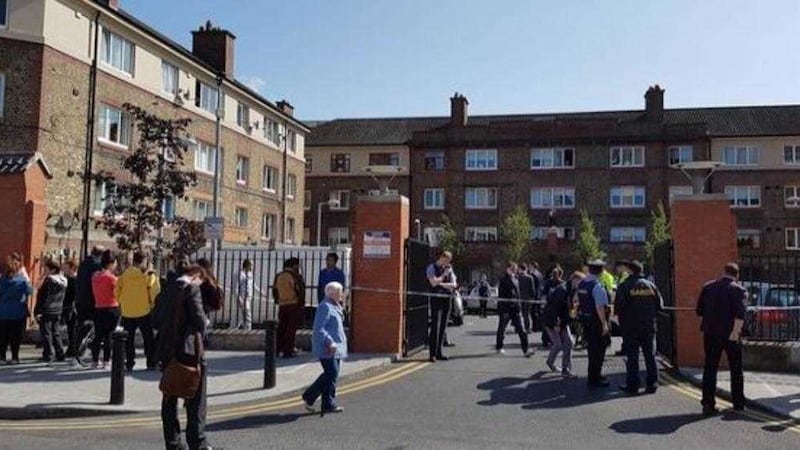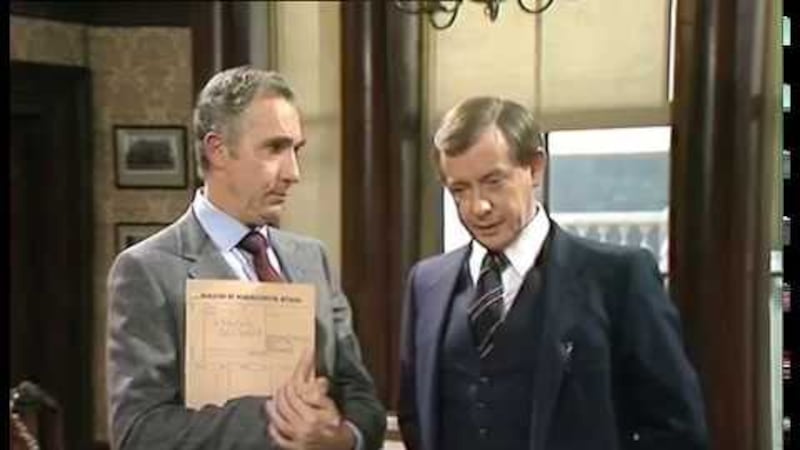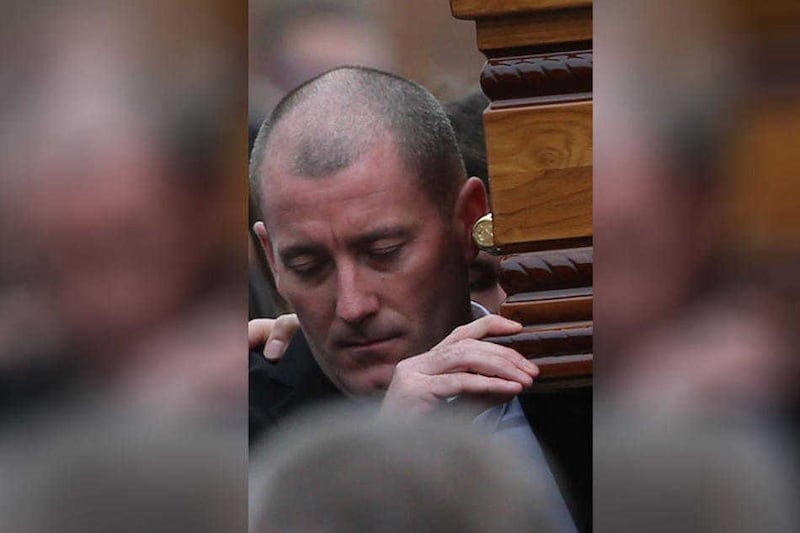THE gangland feud in Dublin has so far claimed the lives of seven men - four within a square mile.
Last week saw the latest victim, 35-year-old Gareth Hutch, gunned down as he was about to get into his car outside the flats where he lived on Cumberland Street North, a few hundred yards from O'Connell Street.
It seems incredible that a feud between the Hutch and Kinahan crime gangs - which Taoiseach Enda Kenny described as a row "between two families" - has escalated to the extent that people are being gunned down in busy residential areas.
One of those killed, Martin O'Rourke, a 24-year-old homeless man, had nothing to do with the dispute and was shot because the killers mistook him for an associate of the Hutch family.
Most of the seven men were shot dead in inner city Dublin, an area which has experienced huge social deprivation for decades.
Mr Kenny didn't exactly fill inner city residents with confidence when he told the Dail he couldn't end the feud.
"It is a vicious, murderous dispute and I don’t think that I can stop that", he said as though the public had unreasonably expected him to turn vigilante and kill the gang lords himself.
He later clarified he was talking about "myself as a citizen" rather than the leader of the state and the one person who could insist on a crackdown on underworld gangsters.
A similar crackdown, launched when journalist Veronica Guerin was shot dead in 1996, proved successful for a time. Now there is increasing pressure on the government to launch another anti-drug crime offensive.
Suggestions on how to tackle the gangs have ranged from the establishment of a mini Criminal Assets Bureau to investigate drug dealers, to more gardaí on the streets, to swift reforms to the justice system.
Yet these suggestions may only work in the short-term. It's no coincidence that a rise in gang violence has come just as the Republic is inching out of a deep recession.
Drug violence in the 1990s, which arguably culminated in Guerin's murder, came after the mass emigration, poverty and job losses of the previous decade.
Workers Party councillor Éilis Ryan pointed out that the recent violence hasn't suddenly emerged but has its roots in "decades and decades of neglect in communities like this".
"They've (the community) seen this happen a number of times in their lifetime, the same series of events: a drug problem escalates, poverty gets worse because of austerity, because of recessions, the violence escalates to a level where people can't ignore it any more and there is a moment of media and political interest, which then disappears," she told RTÉ.
Earlier this month, hundreds of people, including Archbishop of Dublin Diarmuid Martin, marched through the north inner city to protest against a rise in drug violence in the area.
The Communities Standing Together march finished at the Buckingham Street monument, built to commemorate victims of drug addiction.
At times it was difficult to watch television coverage of the march. It seemed like a repeat of archive footage from the 1980s, when the city saw mass anti-drug marches
. Except the crowd at this month's march was much smaller. Many of the marchers were women, many elderly. They looked as though they had been there before, several times.
Dublin poet Paula Meehan grew up on the corner of Sean McDermott Street, close to where the two men who shot Gareth Hutch made their getaway. In her poem 'Prayer for the Children of Longing', commissioned by the community of Dublin's north inner city, Meehan wrote of the desire to 'For one moment to freeze/ The scream, the siren, the knock on the door/The needle in its track/The knife in the back'.
The marchers who walked through the north inner city have seen cycles of drug violence. Some must have wondered when this cycle will end and when, inevitably, it will come back.
It's difficult to empathise with gangs who have used the city as their private shooting range, killing people in busy flat complexes and residential streets and hotels, seemingly not caring if passers-by are injured or die. For inner city communities, the feud is not simply a `row between two families', but a murderous dispute that threatens their safety.
What they need isn't simply a short-term solution, but one which will put an end to cycles of violence.







